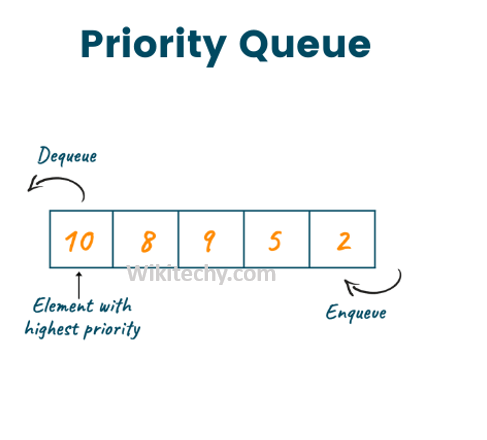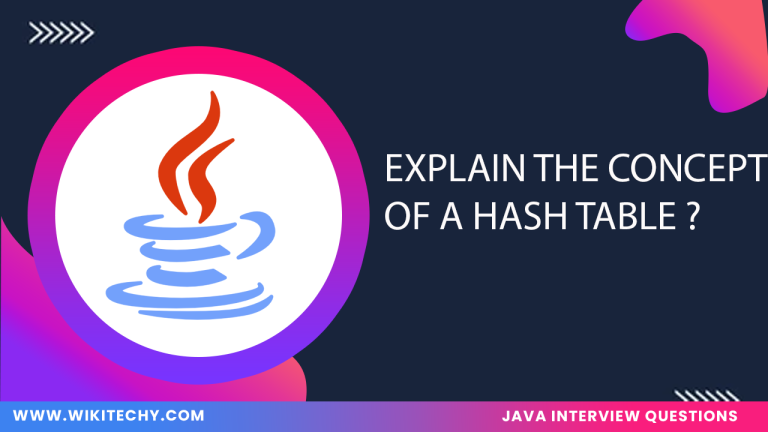
A priority queue in Java is a type of data structure that orders elements by their priority, so elements with higher (or lower) priority are processed first. Java provides a PriorityQueue class as part of the java.util package, which uses a min-heap by default, meaning the element with the smallest priority value is at the head of the queue. It’s a useful structure for managing tasks where specific elements need to be prioritized, such as job scheduling or pathfinding algorithms.
Definition
In Java, a priority queue is an abstract data type that processes elements based on their priority rather than their order of insertion. This priority-based ordering is handled internally by a binary heap, and elements can be either sorted in ascending order (for min-heap) or descending order (for max-heap, achieved using a comparator).

Example:
Output:
Features
- Elements are dequeued based on priority rather than insertion order.
- The element with the highest priority (or lowest priority number in this case) is quickly accessible.
- Allows dynamic prioritization where priorities can be modified and reordered.
- Java’s PriorityQueue can be customized with a comparator to change the ordering criteria (min-heap or max-heap).
Advantages
- Tasks are efficiently scheduled based on priority, suitable for scenarios like CPU scheduling.
- Retrieves the highest-priority element in constant time (O(1) for retrieval, O(log n) for insertion).
- Suitable for real-time applications that require immediate handling of critical tasks, such as real-time simulations or operating systems.
- Allows for custom comparators, making it easy to switch between different priority criteria, such as lowest or highest priority.




